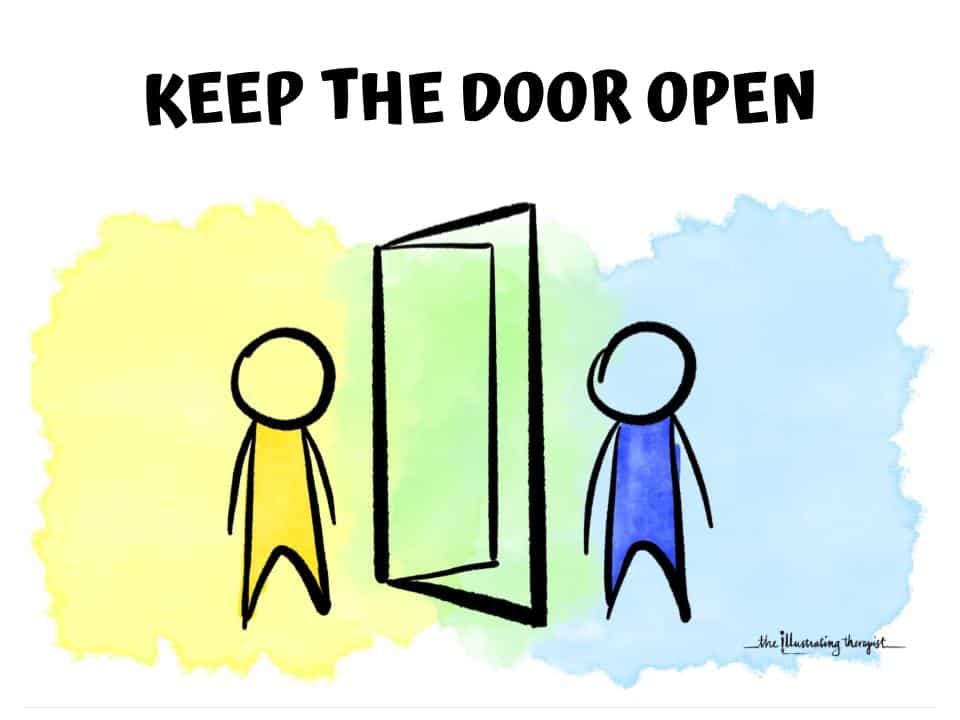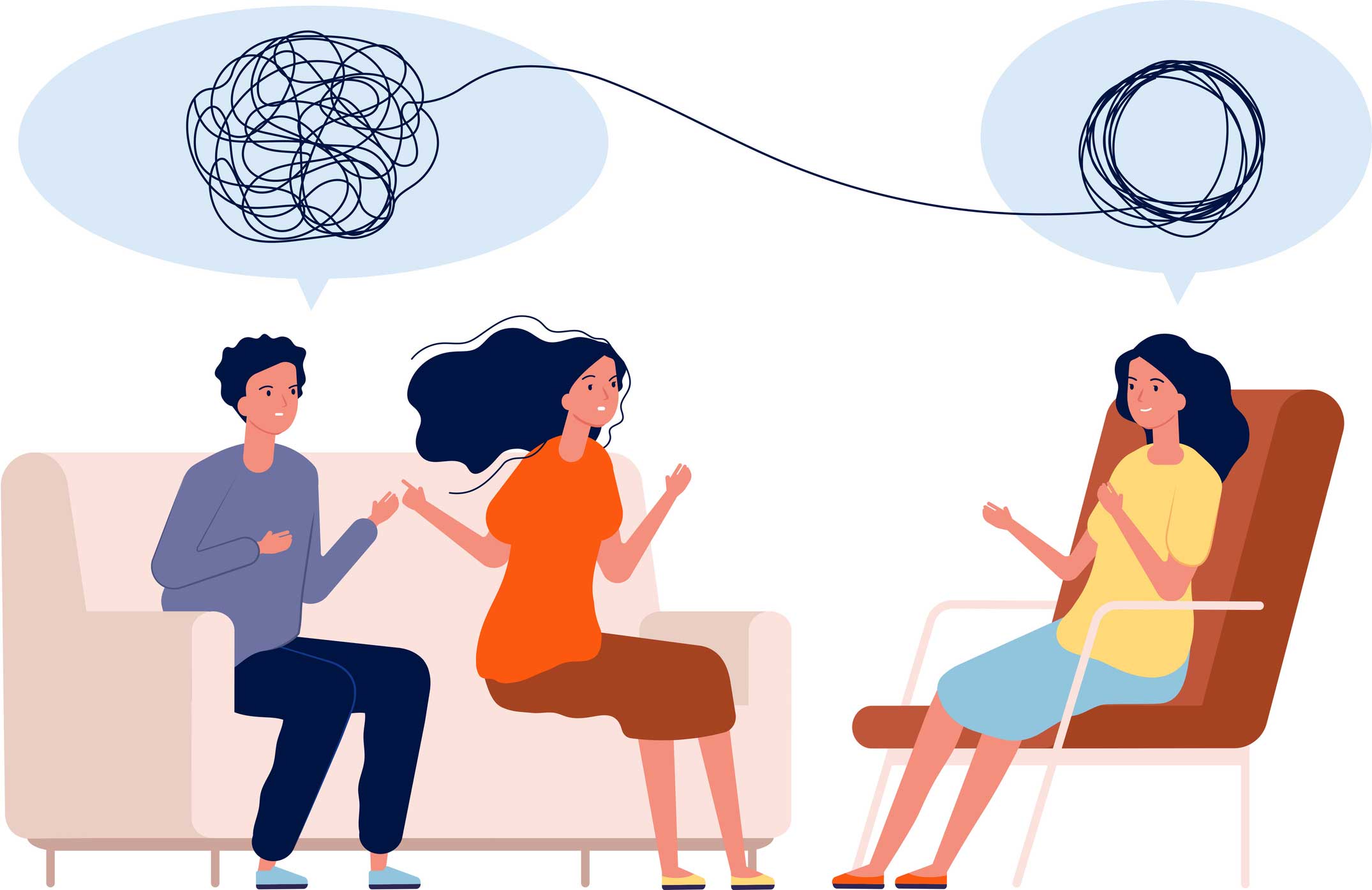What can we do when partners show resistance to our interventions? This is a question that came up recently in my online training group, when a therapist presented a case with several thorny challenges. Her questions led me to remember a set of concepts I learned early in my career.
These ideas came originally from Dr. Paul Ware, the psychiatrist who first introduced me to Pete! So of course Dr. Ware’s concepts hold special meaning for me!
Later these ideas were explored in Personality Adaptations: A New Guide to Human Understanding in Psychotherapy and Counselingby Vann Joines and Ian Stewart. I believe you’ll find the ideas useful in dealing with resistance, especially in the early stages of building trust with couples.
Understanding the 6 adaptive styles
In their book, the authors outline 6 adaptive coping styles, each with its own strengths and weaknesses.
These are not necessarily personality disorders. These are styles and ways we orient to the world. Originally, Ware labeled these styles with terms from the DSM. Later, they have been renamed in a less pathological, more descriptive style as follows:
- Creative Daydreamer (formerly Schizoid)
- Charming Manipulator (formerly Antisocial)
- Brilliant Skeptic (formerly Paranoid)
- Playful Resister (formerly Passive-Aggressive)
- Responsible Workaholic (formerly Obsessive-Compulsive)
- Enthusiastic Overreactor (formerly Histrionic)
Joines and Stewart emphasize that these are not static categories; instead, they are patterns that can change as people move toward the more positive traits within that style. Most of us don’t fit neatly into one adaptive pattern, but instead represent a blend.
Discovering the best way to approach each personality type
This model can be useful in figuring out where to first establish good contact with individuals and couples. The authors explain that we can approach our clients using thinking, feeling or behaving. Knowing this, we can meet them at their most open door.
The open door is the place people feel secure and ready to meet us right now.
The target door is the place where they will benefit most from going after we’ve gained their trust.
The trap door is where they will entice us to go – but ultimately, the place they may make the least progress.How can we find the open door?
This depends on the personality adaptations we see. For the Responsible Workaholic, thinking is the open door. This person is highly organized and logical, so asking questions that activate thinking responses will ease anxieties and build immediate rapport. These clients usually test us to be sure we are smart enough to work with them.
The target door for the Responsible Workaholic is feeling – reachable as we gain their confidence. Over time, opening up to emotion and vulnerability will greatly change the quality of their relationships. The trap door, meanwhile, is behavior. We may find these clients can change a lot of their behaviors without substantially changing the quality of their lives.
Look below for the open door depending on the personality adaptation:
- Creative Daydreamer – Behavior
- For the Charming Manipulator – Behavior
- For the Brilliant Skeptic – Thinking
- For the Playful Resister – Behavior
- For the Responsible Workaholic – Thinking
- For the Enthusiastic Overreactor – Feeling
You can see more on the location of all 3 doors for each adaptation in this 7-minute video.
A useful concept for minimizing resistance
Meeting new clients at the open door helps them feel supported. It gives them the chance to begin from a place of strength. As you move forward in building trust and cooperation, the client will let you move into the target area and create the most longstanding change for them.
Understanding the 3-door model will help you avoid falling through the trap door early in treatment, causing serious setbacks and often leading to early termination. In fact, when the couple and you are both feeling frustrated, ask yourself if you’ve tumbled through the trap door by mistake.
Do these ideas seem useful to you? Do any of your clients fit these patterns of personality adaptation? How could you use these doors to connect more effectively?
In my next blog post I’ll write about using the 3-door model with a “Brilliant Skeptic” client so you can see the Application at this theory.
If you’re interested in joining our online training program, you can sign up for our waiting list here.



 We respect your privacy.
We respect your privacy.





Great, so much appreciated.
TAvis a great model and this is one aspect
This is excellent material! I have not heard is this conceptualization before. It will be very useful as I look at my clients. I tested it out by trying it on myself and the open door and target door fit. I am looking forward to hearing about the skeptics.
I have a question. What do you mean when you say “We may find these clients can change a lot of their behaviors without substantially changing the quality of their lives.”? I really appreciate how you have presented this information and contextualized it!
Marion-If a workaholic changes behavior(for example they work less), but don’t learn to interact emotionally-their relationships will not be more intimate or emotionally satisfying. I hope that makes sense.
What does it look like to meet the client at the behavioral door? Thank you!
great stuff- reminds of book Personality Self Portrait Oldham and Morrs- describes personality disorder as positive i.e. obsessive-compulsive–conscientious, narcissistic–self-confident, dependent–devoted–histrionic-dramatic paranoid–vigilant–paranoid–vigilant–antisocial–adventurous/challenge her– Harry Sullivan also talked about personality disorders having levels and degree of problematic behaviors and he includes all of us
Thank you! That was concise and easy to follow.